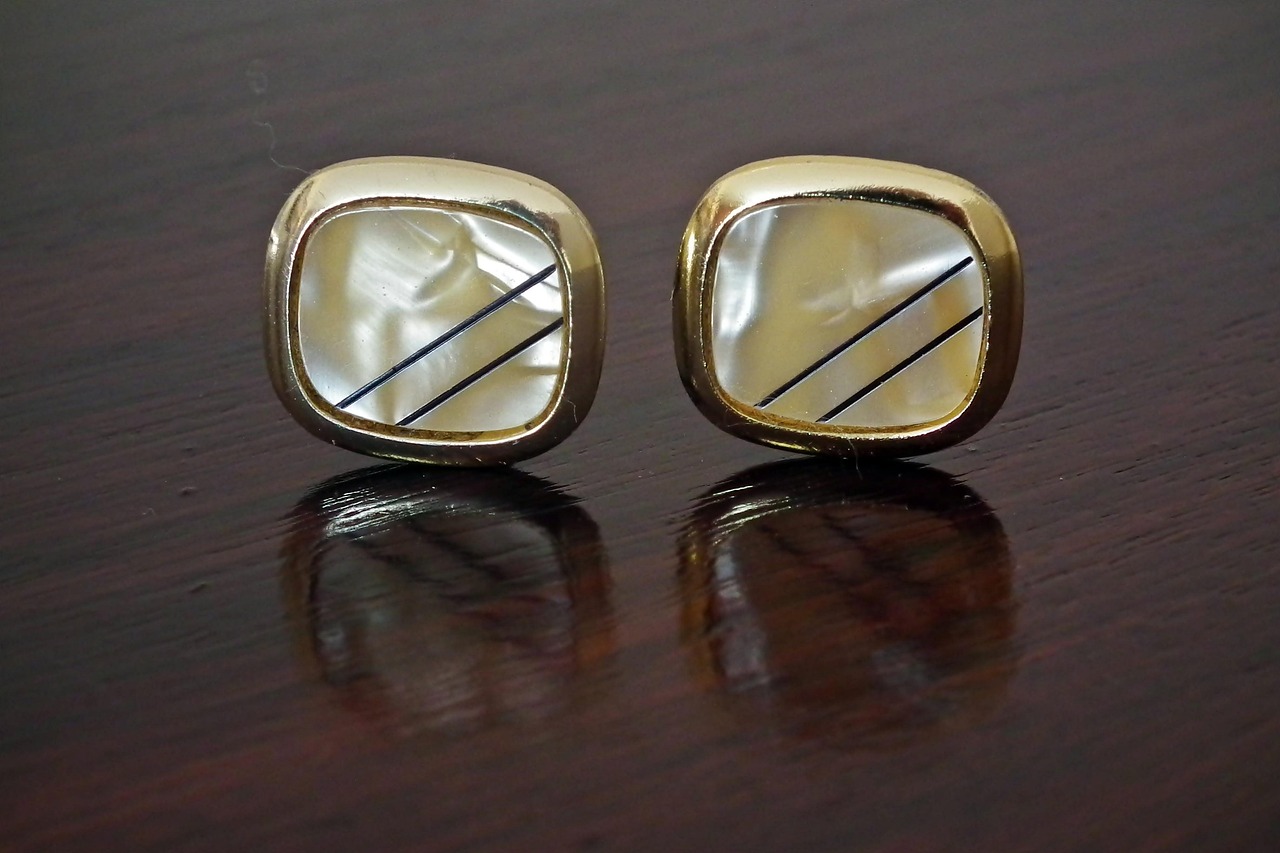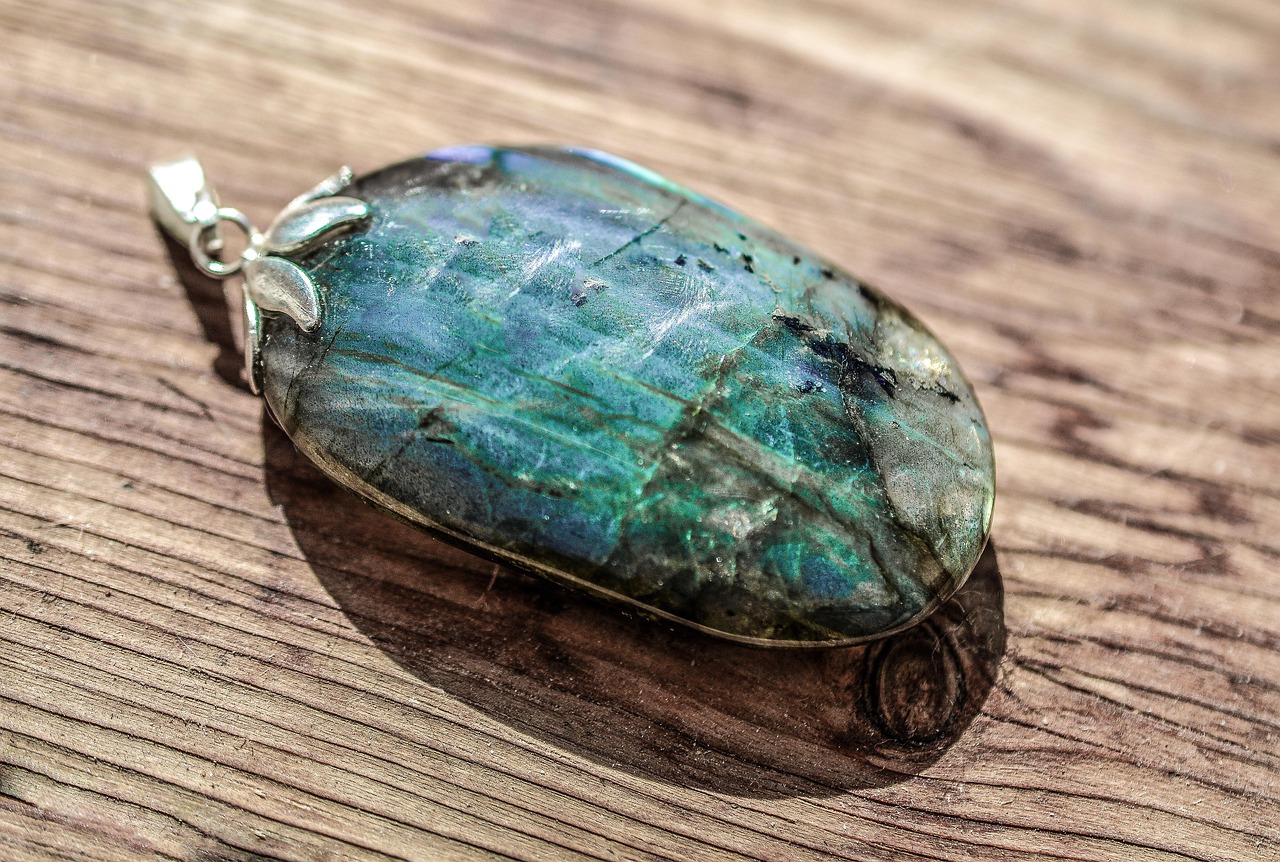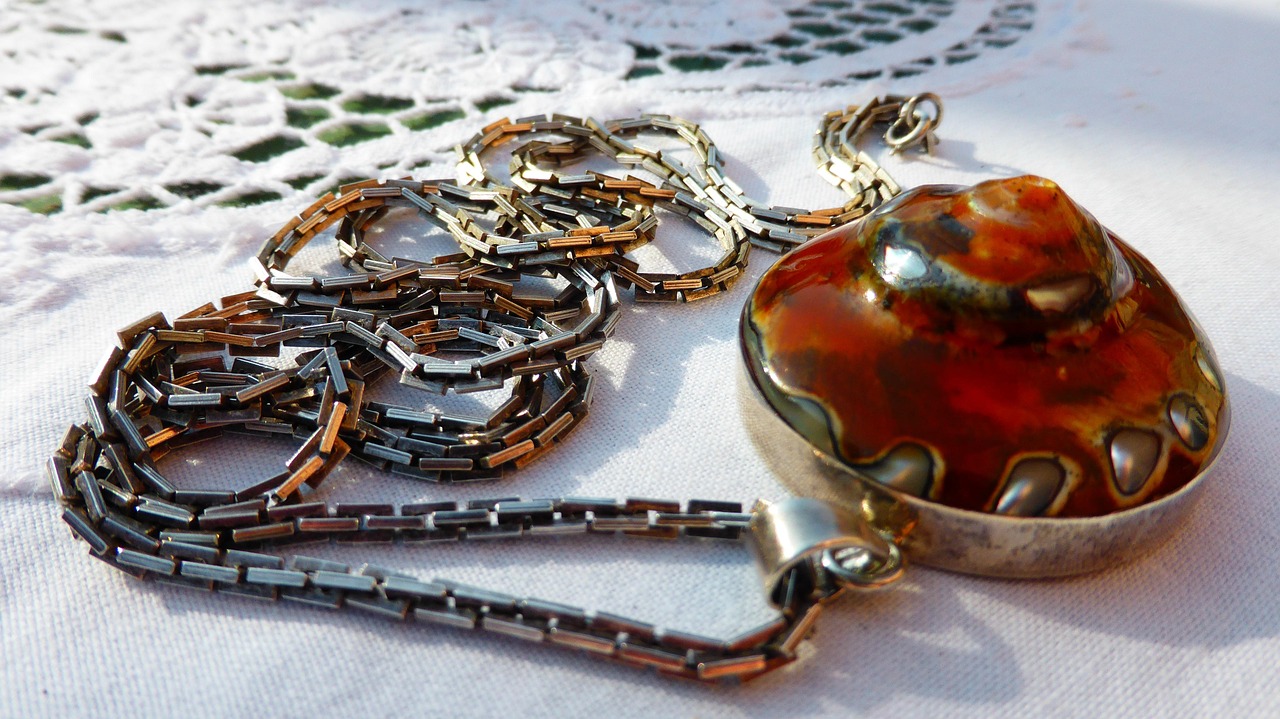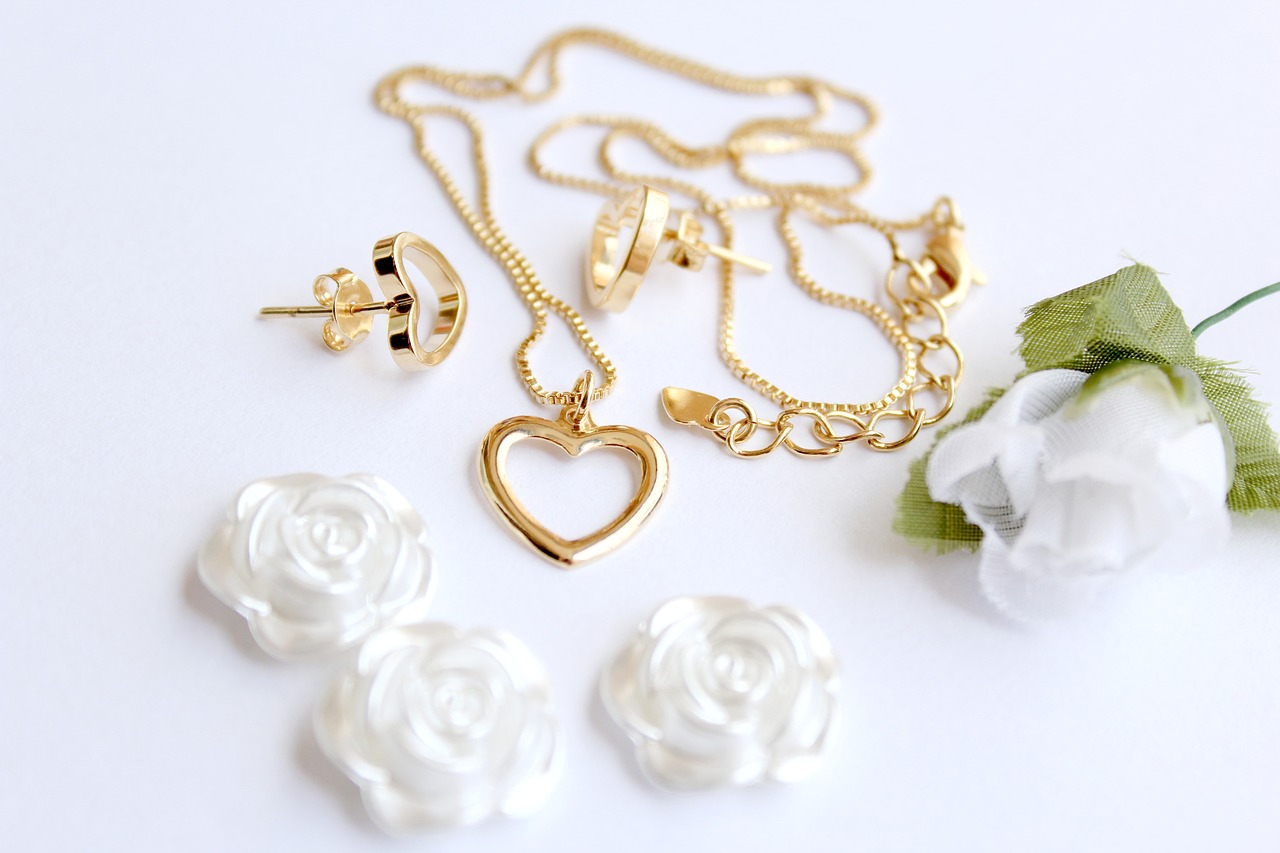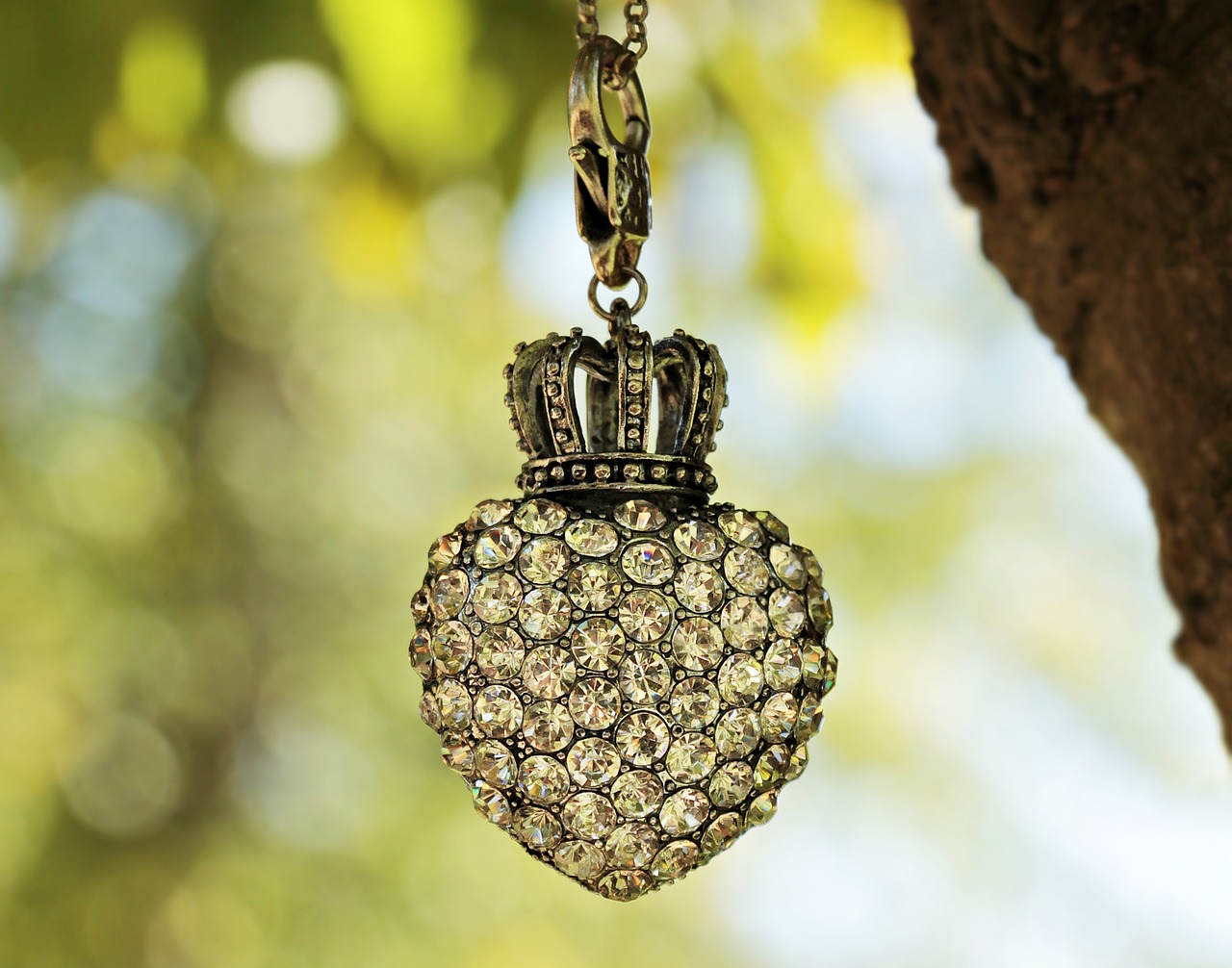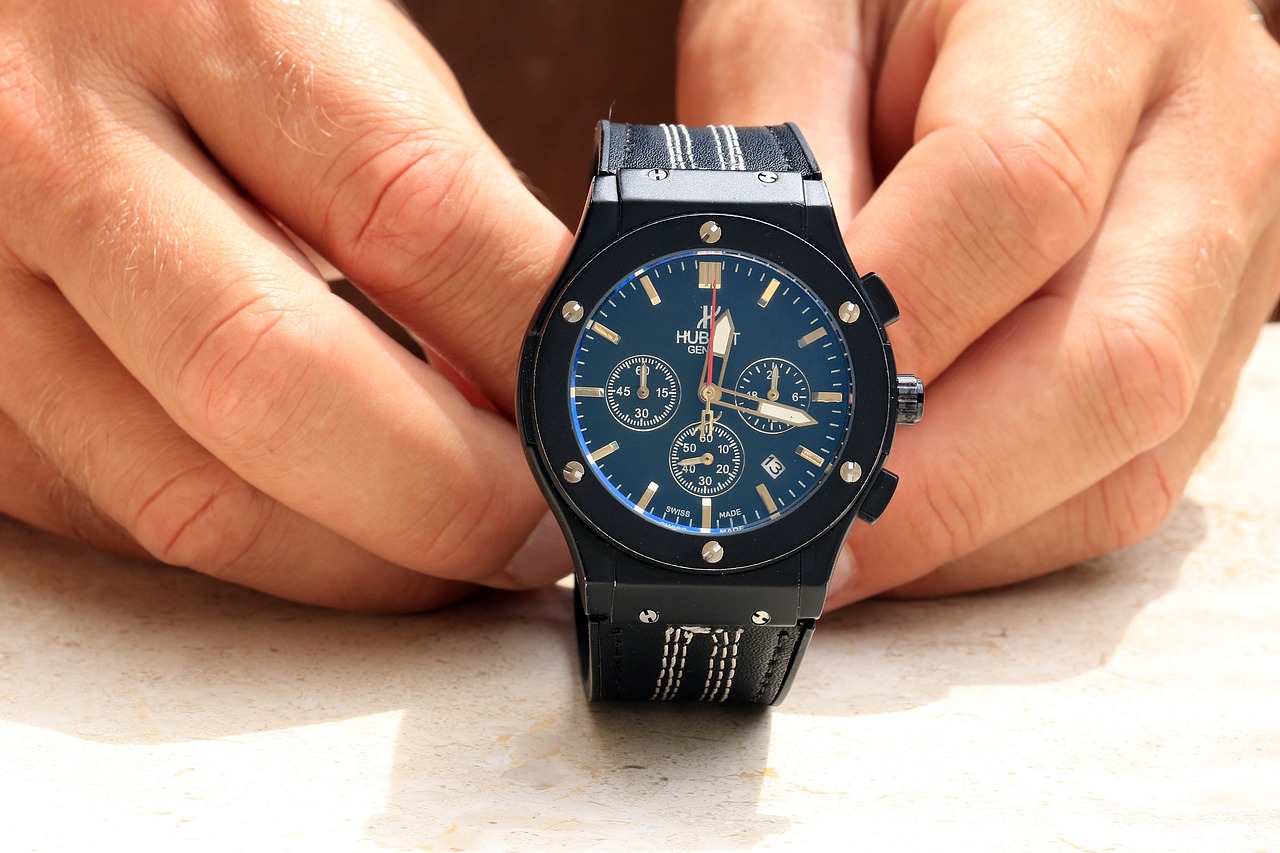This article explores the differences between handmade and machine-made jewelry, helping you understand their unique qualities, benefits, and drawbacks to make an informed choice for your next purchase.
Handmade jewelry is created by skilled artisans who use traditional techniques to produce unique pieces. Each item is a reflection of the artist’s creativity and craftsmanship, which often results in one-of-a-kind designs. The production process may involve techniques such as soldering, casting, and beading, emphasizing individuality over mass production.
Machine-made jewelry is produced using automated processes, which allows for high efficiency and uniformity. These pieces are often created with advanced technology that ensures precision and consistency in design. This method can lead to lower costs and faster production times, making it a popular choice for consumers looking for affordability.
Opting for handmade jewelry often means selecting pieces that carry a personal touch. Each item tells a story, reflecting the artisan’s inspiration and skill. Consumers often feel a deeper emotional connection to handmade pieces, as they are not just accessories but expressions of art and culture.
The primary advantages of machine-made jewelry include affordability and consistency. These pieces are typically less expensive than their handmade counterparts, making them accessible to a broader audience. Additionally, the uniformity in design can appeal to those who prefer a cohesive look in their jewelry collection.
Pricing can vary significantly between handmade and machine-made jewelry. Factors influencing costs include the quality of materials, the complexity of the design, and the labor involved. While handmade pieces may come with a higher price tag due to the artisan’s skill and time invested, machine-made items can often be found at lower prices due to mass production.
Quality is a crucial aspect when selecting jewelry. Handmade pieces often exhibit superior craftsmanship and attention to detail, potentially resulting in greater durability. In contrast, machine-made jewelry, while consistent in quality, may lack the unique characteristics that come from human touch.
Ethics play a vital role in jewelry production. Handmade jewelry often supports local artisans and sustainable practices, while machine-made jewelry can sometimes rely on mass production methods that may not prioritize ethical sourcing. Consumers are increasingly aware of these issues and seek transparency in the production processes of their jewelry.
Proper care is essential for maintaining the beauty of handmade jewelry. Here are some tips:
- Store pieces separately to avoid scratches.
- Clean with a soft cloth after wearing to remove oils.
- Avoid exposure to harsh chemicals or extreme temperatures.
Caring for machine-made jewelry is equally important. Consider the following maintenance practices:
- Regularly check for loose stones or clasps.
- Clean with mild soap and water, avoiding abrasive materials.
- Store in a dry place to prevent tarnishing.
Choosing between handmade and machine-made jewelry ultimately depends on personal preferences and values. Consider what aspects are most important to you—be it unique design, price, or ethical considerations. By understanding the differences, you can make an informed decision that aligns with your style and values.

What is Handmade Jewelry?
Handmade jewelry is a unique form of adornment that showcases the skill and creativity of individual artisans. Unlike mass-produced items, each piece of handmade jewelry is crafted with care, often using traditional techniques that have been passed down through generations. This article explores the distinctive characteristics of handmade jewelry, the various production methods employed, and the personal touch that makes these items truly special.
One of the most defining features of handmade jewelry is its individuality. Each piece is often one-of-a-kind, reflecting the artisan’s personal style and artistic vision. This uniqueness is a significant draw for consumers seeking to express their personality through their accessories. Additionally, handmade jewelry often incorporates natural materials such as gemstones, metals, and organic elements, which can enhance the piece’s aesthetic appeal and authenticity.
Artisans employ a variety of techniques when creating handmade jewelry. These methods can include:
- Metalworking: Techniques such as soldering, forging, and stone setting are commonly used to create intricate designs.
- Beading: Stringing together beads to form necklaces, bracelets, and earrings is a popular method that allows for creativity and customization.
- Wire Wrapping: This technique involves bending and twisting wire to create unique shapes and settings for gemstones.
These methods not only highlight the artisan’s skills but also contribute to the overall quality and durability of the jewelry.
One of the most compelling aspects of handmade jewelry is the personal connection it fosters between the creator and the wearer. Each piece often tells a story—whether it’s the inspiration behind a design or the journey of sourcing materials. This emotional aspect resonates with consumers who value meaningful purchases. When you wear handmade jewelry, you are not just wearing an accessory; you are wearing a piece of art that embodies the artisan’s passion and dedication.
Choosing handmade jewelry often means supporting local artisans and small businesses. This choice contributes to the sustainability of local economies and promotes ethical practices in jewelry production. Moreover, handmade pieces typically offer a level of craftsmanship and attention to detail that is hard to find in mass-produced items. By investing in handmade jewelry, consumers can enjoy the satisfaction of owning something truly special and unique.
In conclusion, handmade jewelry stands out for its individuality, craftsmanship, and emotional significance. With various production methods and a personal touch, it appeals to those who appreciate artistry and want to make a statement with their accessories. Whether you are looking for a unique gift or a personal treat, handmade jewelry offers a wealth of options that celebrate creativity and authenticity.
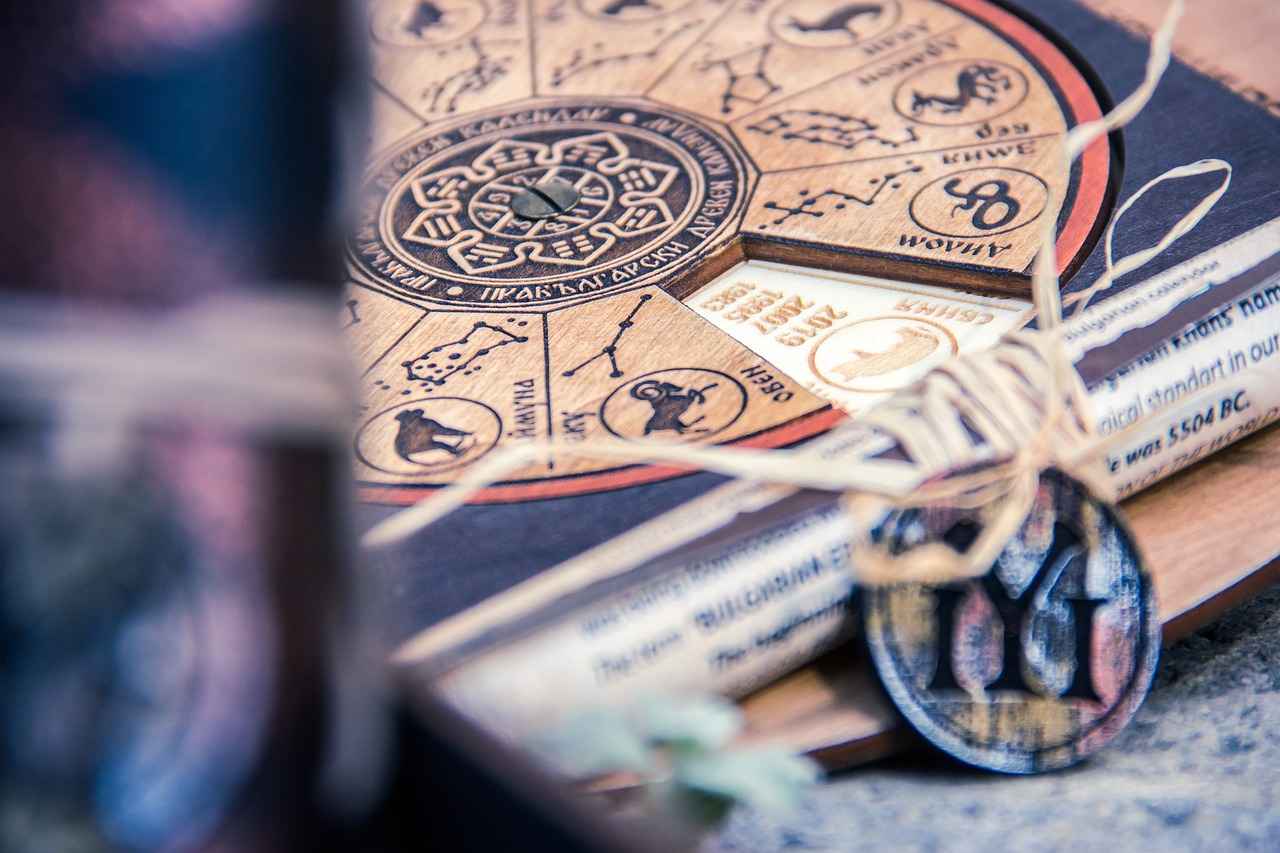
What is Machine-Made Jewelry?
Machine-made jewelry represents a fascinating intersection of technology and art, where automated processes and machinery come together to produce stunning pieces with remarkable consistency. This type of jewelry is manufactured using advanced techniques that allow for high output and precision, making it a popular choice among consumers seeking affordability and uniformity.
The creation of machine-made jewelry begins with the design phase, where computer-aided design (CAD) software is often utilized. This technology allows designers to create intricate patterns and specifications that are then translated into a format suitable for machines. Once the design is finalized, the manufacturing process can begin, typically involving the following steps:
- Material Selection: High-quality metals and gemstones are chosen, often in bulk, to ensure consistency across multiple pieces.
- Machining: Advanced machinery, such as CNC (Computer Numerical Control) machines, cuts and shapes the materials with precision, ensuring that each piece meets exact specifications.
- Assembly: Automated systems may also be used for assembly, allowing for quick and efficient joining of components.
- Finishing: A variety of finishing techniques, including polishing and plating, are applied to enhance the aesthetic appeal of the jewelry.
The precision involved in machine-made jewelry production offers several significant advantages. First and foremost is the consistency of the finished products. Each piece is nearly identical, which is particularly appealing for consumers looking for matching sets or bulk purchases, such as wedding bands or corporate gifts. Additionally, the use of technology reduces human error, resulting in fewer defects and higher quality control.
While machine-made jewelry excels in uniformity and efficiency, it often lacks the individuality and personal touch that handmade jewelry offers. Handmade pieces are typically crafted by artisans who infuse their creativity and unique style into each item. This distinction can make machine-made jewelry feel less personal, which may be a drawback for some consumers.
Machine-made jewelry is particularly beneficial for those on a budget or looking for specific styles in large quantities. Retailers can offer these pieces at competitive prices due to lower production costs. Additionally, consumers who prioritize durability and maintenance may find machine-made options appealing, as they are often designed to withstand daily wear without significant deterioration.
When it comes to machine-made jewelry, ethical considerations can vary. Mass production can sometimes lead to practices that are less transparent regarding sourcing materials and labor conditions. However, many reputable manufacturers are now focusing on ethical sourcing and sustainable practices, ensuring that their products are not only affordable but also responsibly made.
In summary, machine-made jewelry is a testament to how technology can enhance the jewelry-making process, offering benefits such as precision, consistency, and cost-effectiveness. While it may lack the personal touch of handmade pieces, its advantages make it a compelling choice for many consumers.
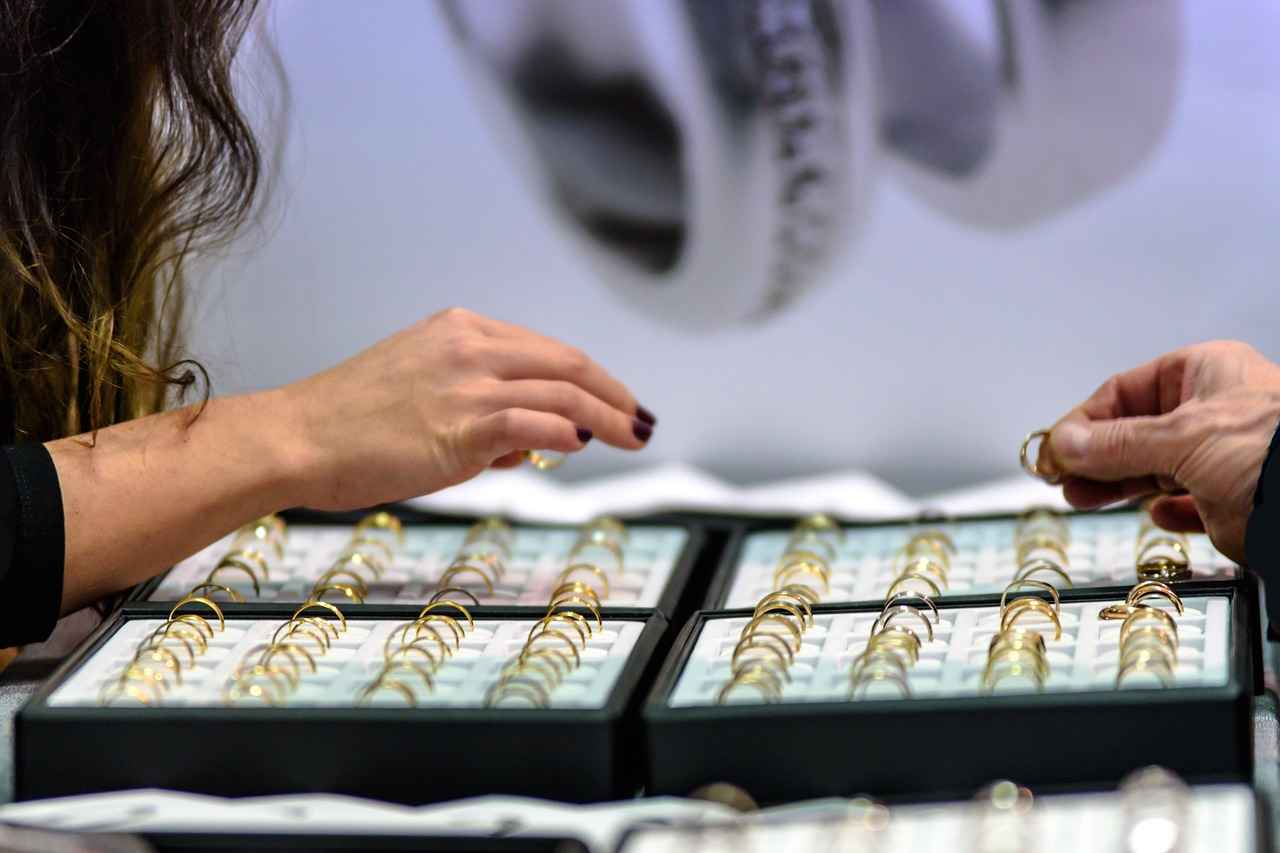
Why Choose Handmade Jewelry?
When it comes to selecting jewelry, the choice between handmade and machine-made options often sparks debate. Many consumers are drawn to handmade jewelry for its unique qualities and the personal touch it offers. In this section, we will explore the emotional connection, storytelling aspects, and distinctive features that make handmade jewelry a preferred choice for many.
Handmade jewelry is not just about aesthetics; it embodies a story and a connection to its creator. Each piece is crafted by skilled artisans who pour their heart and soul into their work. This often results in designs that are not only beautiful but also rich in meaning. Consumers appreciate the individuality of handmade items, as they often reflect the artisan’s personal style and cultural heritage.
Purchasing handmade jewelry often creates a deeper emotional bond between the consumer and the piece. When someone wears a handmade item, they are not just wearing an accessory; they are wearing a story, a piece of art that carries the essence of its maker. This emotional connection is particularly appealing for gifts, as a handmade piece conveys thoughtfulness and care, making it more memorable than mass-produced alternatives.
The craftsmanship involved in creating handmade jewelry is another significant factor that sets it apart. Artisans use traditional techniques, often honing their skills over years of practice. This attention to detail ensures that each piece is not only aesthetically pleasing but also durable and of high quality. The uniqueness of handmade jewelry lies in its imperfections, which add character and charm, making every piece truly one-of-a-kind.
By choosing handmade jewelry, consumers often support local artisans and small businesses, contributing to their communities. Many artisans prioritize sustainable practices, using ethically sourced materials and environmentally friendly methods. This aspect appeals to consumers who are increasingly conscious of their purchasing decisions and want to make a positive impact through their choices.
Handmade jewelry offers opportunities for personalization that machine-made items typically do not. Many artisans are willing to collaborate with customers to create bespoke pieces tailored to their preferences. Whether it’s a specific gemstone, design, or engraving, the ability to customize a piece makes it even more special and personal, enhancing the consumer’s connection to the jewelry.
In summary, choosing handmade jewelry goes beyond mere aesthetics. The emotional connections, unique craftsmanship, and opportunities for personalization make handmade pieces a cherished choice for many. By opting for handmade, consumers not only acquire a beautiful accessory but also support artisans and contribute to sustainable practices.
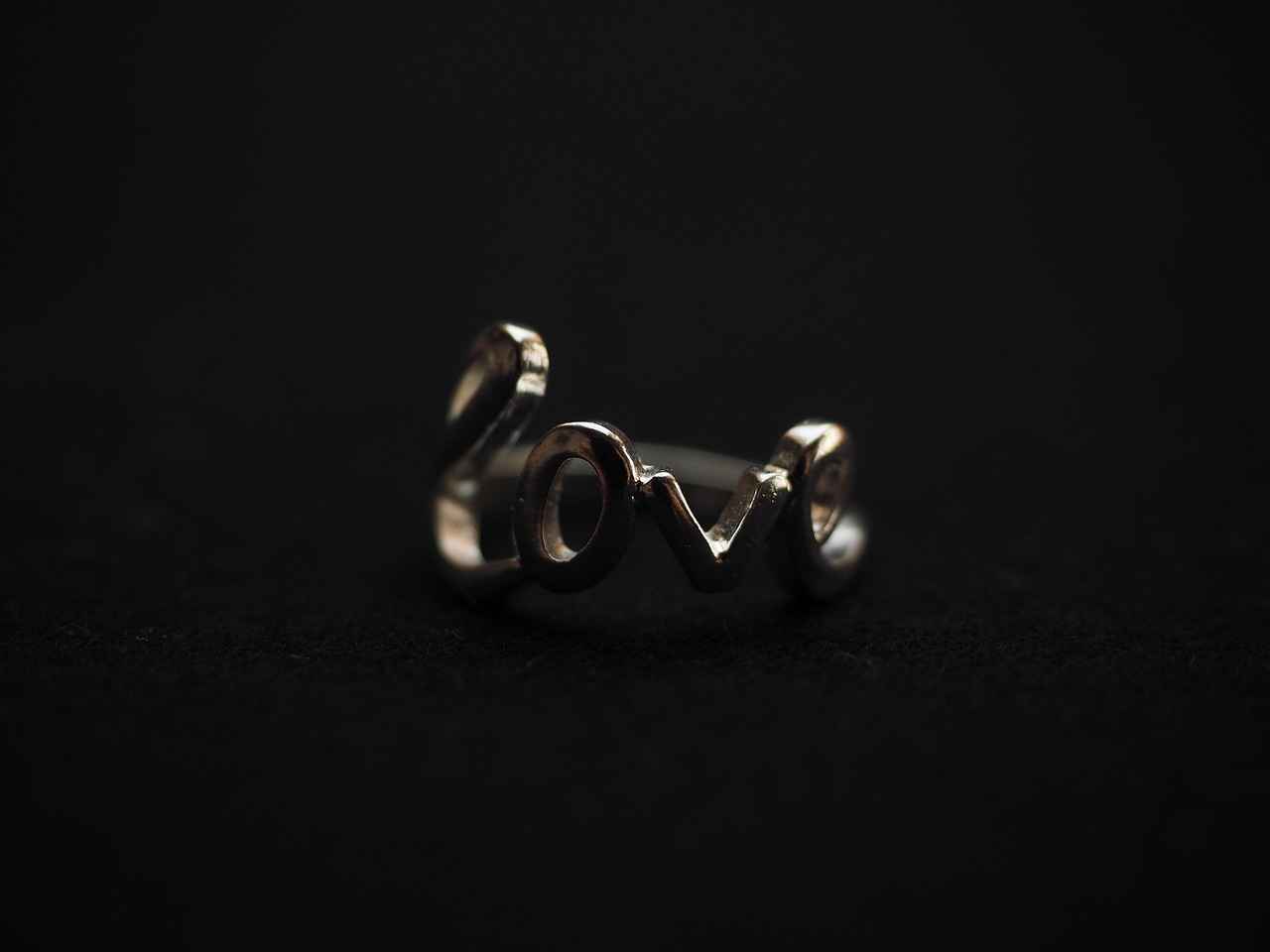
What are the Benefits of Machine-Made Jewelry?
When it comes to jewelry, consumers often find themselves weighing the pros and cons of different types. Among these, machine-made jewelry stands out for its unique set of advantages. In this section, we will delve into the specific benefits that make machine-made jewelry an appealing choice for many shoppers.
One of the primary benefits of machine-made jewelry is its affordability. Automated processes allow for mass production, which significantly reduces the cost per item. This means that consumers can purchase stylish and trendy pieces without breaking the bank. In contrast, handmade jewelry often comes with a higher price tag due to the labor-intensive techniques and the time artisans invest in each piece.
Uniformity is another key advantage of machine-made jewelry. When items are produced using machines, they tend to have consistent quality and design across the board. This is particularly appealing for consumers who prefer matching sets or collections, as machine-made pieces are more likely to have the same finish, size, and style. In contrast, handmade jewelry can vary significantly, even within the same collection, which may not be suitable for everyone.
The precision offered by machine-made jewelry is unparalleled. Advanced technology ensures that each piece is crafted with exact measurements and specifications. This level of accuracy not only enhances the aesthetic appeal but also contributes to the durability of the jewelry. Consumers can trust that their machine-made pieces will maintain their shape and design over time, making them a reliable investment.
Interestingly, machine-made jewelry can also have environmental benefits. Since these items are produced in larger quantities, they often lead to less waste compared to handmade pieces, where excess materials may go unused. Moreover, many manufacturers are adopting sustainable practices, such as using recycled materials and minimizing energy consumption during production. This means that consumers can enjoy their jewelry while also being mindful of their ecological footprint.
Another significant benefit of machine-made jewelry is its availability. Because these items are produced in large quantities, they are often readily available in stores and online. This accessibility allows consumers to find what they want quickly and easily, without the long wait times that can come with custom handmade pieces. For those who prefer instant gratification, machine-made jewelry is the clear winner.
Machine-made jewelry is also known for its ability to keep up with trends. As fashion evolves, manufacturers can quickly adapt their designs to reflect the latest styles and preferences. This rapid turnaround means that consumers can find trendy pieces that align with current fashion without having to wait for artisans to create them. The ability to respond promptly to market demands makes machine-made jewelry an attractive option for fashion-forward individuals.
In summary, machine-made jewelry offers a range of benefits that appeal to a wide audience. From affordability and uniformity to precision and availability, these factors make it a compelling choice for consumers who value both style and functionality. As you consider your next jewelry purchase, keep these advantages in mind to make an informed decision that aligns with your personal preferences.
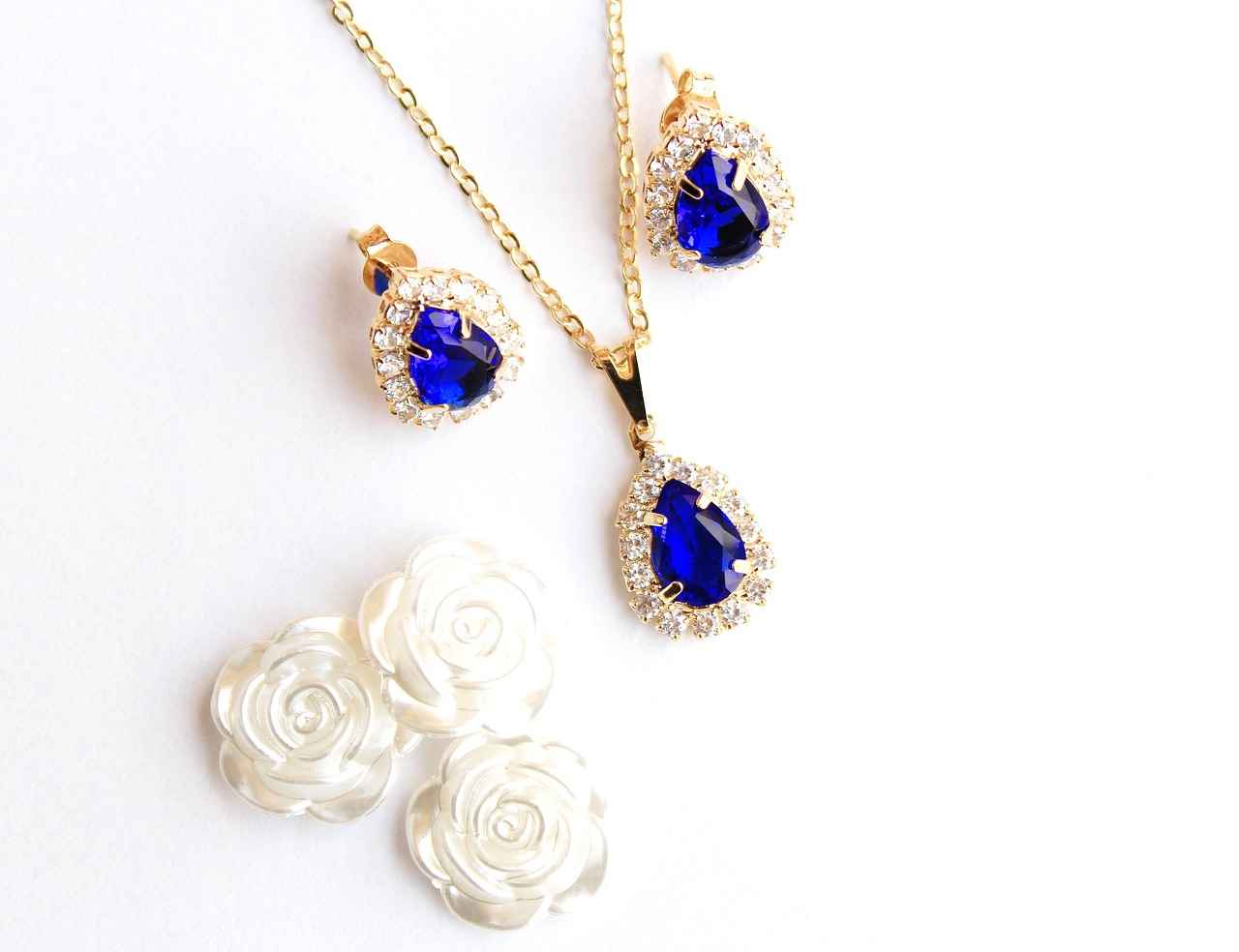
How Does Price Compare Between Handmade and Machine-Made Jewelry?
When it comes to jewelry, one of the most significant factors consumers consider is price. Pricing can vary significantly between handmade and machine-made jewelry, and understanding this difference is crucial for making informed purchasing decisions. This section analyzes the factors influencing costs, including materials, labor, and production methods, to help you understand the price spectrum.
- Materials Used: The choice of materials plays a pivotal role in determining the price of jewelry. Handmade pieces often utilize high-quality, unique materials that may not be readily available, such as ethically sourced gemstones or rare metals. In contrast, machine-made jewelry typically uses mass-produced materials, which can lower costs.
- Labor Intensity: Handmade jewelry is crafted by skilled artisans who invest considerable time and effort into each piece. This labor-intensive process often results in higher prices. On the other hand, machine-made jewelry benefits from automated production, which reduces labor costs and allows for quicker turnaround times.
- Production Methods: The production method also affects pricing. Handmade jewelry often features intricate designs that require specialized techniques, resulting in a higher price tag. Machine-made jewelry, however, is produced in bulk, leading to lower prices due to economies of scale.
The price spectrum for jewelry can be quite broad. For instance, a handmade piece may range from $50 to several thousand dollars, depending on the complexity of the design and the materials used. In contrast, machine-made jewelry often falls within a more affordable range, typically between $20 and $300.
While price is a significant consideration, it’s essential to recognize that value goes beyond monetary cost. Handmade jewelry often carries a story, a personal touch, and a unique aesthetic that machine-made items may lack. Consumers willing to invest in handmade pieces often do so for the emotional connection and craftsmanship that accompany them.
In recent years, there has been a noticeable shift in consumer preferences towards handmade jewelry. Many buyers are increasingly valuing uniqueness and craftsmanship over price alone. This trend has led to a growing market for artisanal jewelry, where consumers are willing to pay a premium for pieces that reflect their individuality.
In summary, the price comparison between handmade and machine-made jewelry involves various factors, including materials, labor, and production methods. Understanding these elements can help you navigate the jewelry market more effectively and make choices that align with your values and budget.

What is the Quality Difference Between Handmade and Machine-Made Jewelry?
When it comes to selecting jewelry, quality is paramount. Understanding the differences in quality between handmade and machine-made jewelry can significantly influence your purchasing decision. This section will explore the nuances of craftsmanship, materials, and production techniques that affect the durability and longevity of these two types of jewelry.
Handmade jewelry is often characterized by the meticulous attention to detail and the artistry of the individual artisan. Each piece is crafted using traditional methods, which can include techniques like lost-wax casting, hand-forging, and stone-setting. This personal touch not only enhances the aesthetic appeal but also ensures that each item is unique.
In contrast, machine-made jewelry relies on automated processes that prioritize efficiency and uniformity. While this allows for mass production and lower costs, the lack of artisanal input can sometimes result in a less personal connection to the piece. However, the precision of machinery can lead to consistently high-quality finishes and intricate designs that might be challenging to achieve by hand.
The choice of materials plays a crucial role in determining the overall quality of jewelry. Handmade pieces often utilize high-quality, ethically sourced materials, as artisans are usually more invested in the integrity of their work. They may choose conflict-free gemstones and sustainably sourced metals, which not only enhances the quality but also adds a layer of ethical responsibility.
On the other hand, machine-made jewelry can vary widely in material quality. While some manufacturers prioritize high-grade materials, others may opt for lower-cost alternatives to maximize profit margins. This inconsistency can affect the durability and longevity of the pieces, making it essential for consumers to research brands and materials before making a purchase.
Production techniques also contribute significantly to the quality of jewelry. Handmade jewelry is often subjected to rigorous quality checks during the crafting process, ensuring that any flaws are addressed before completion. The artisan’s expertise and passion for their craft typically result in durable pieces that can withstand the test of time.
In contrast, machine-made jewelry, while often reliable, may not undergo the same level of scrutiny. The focus on speed and volume can sometimes lead to oversight in quality control, resulting in pieces that may not be as durable as their handmade counterparts. However, advancements in technology have led to improved quality standards in many manufacturing processes.
When considering durability, it’s essential to look at how each type of jewelry holds up over time. Handmade jewelry, with its unique craftsmanship and high-quality materials, often has a longer lifespan. Many artisans create pieces that can be easily repaired, allowing for continued enjoyment of the jewelry.
Machine-made jewelry, while often initially more affordable, may not offer the same longevity. If lower-quality materials are used, or if the production techniques are not up to par, the pieces might require replacement sooner than expected. Therefore, understanding the quality differences can help consumers make informed choices that align with their lifestyle and values.
In summary, the quality of jewelry—whether handmade or machine-made—depends on various factors, including craftsmanship, materials, and production techniques. Both types have their unique advantages and disadvantages, and consumers should weigh these aspects carefully to find the perfect piece that meets their needs and preferences.

Are There Ethical Considerations in Jewelry Production?
Ethics play a vital role in the jewelry industry, influencing consumer choices and shaping the future of production practices. As awareness grows about the impact of sourcing materials and labor practices, understanding the ethical implications of both handmade and machine-made jewelry becomes increasingly important. This section aims to guide consumers toward responsible choices while highlighting the significance of ethical considerations in jewelry production.
The sourcing of materials for jewelry, whether from natural resources or recycled components, raises several ethical questions. Conflict minerals, such as diamonds, gold, and cobalt, have been linked to human rights abuses and environmental degradation. Consumers should be aware of where these materials come from and the potential consequences of their extraction. Transparency in the supply chain is essential, and many brands are now committing to ethical sourcing practices that prioritize sustainability and responsible mining.
Labor practices in the jewelry industry also warrant close examination. Many machine-made pieces are produced in factories where workers may endure poor working conditions and low wages. In contrast, handmade jewelry often supports local artisans who receive fair compensation for their craftsmanship. By choosing handmade options, consumers can contribute to fair trade practices and support communities that prioritize ethical labor.
Certifications play a crucial role in helping consumers identify ethical jewelry brands. Organizations such as the Responsible Jewelry Council and the Fair Trade Certified label provide assurance that products meet specific ethical standards. These certifications can guide consumers in making informed decisions and encourage brands to adhere to ethical practices.
- Research Brands: Before making a purchase, investigate the brand’s commitment to ethical practices.
- Look for Certifications: Seek out jewelry that carries recognized ethical certifications.
- Support Local Artisans: Choose handmade jewelry to support local economies and fair labor practices.
- Consider the Lifecycle: Think about the environmental impact of the materials used and the longevity of the piece.
Education plays a vital role in promoting ethical considerations within the jewelry industry. As consumers become more informed about the implications of their choices, they can demand greater accountability from brands. This shift encourages companies to adopt more sustainable practices, ultimately leading to a positive impact on both people and the planet. Workshops, documentaries, and online resources are valuable tools for raising awareness and fostering a culture of ethical consumption.
The future of ethical jewelry production looks promising, with a growing number of brands embracing sustainability and transparency. Innovations in materials, such as lab-grown diamonds and recycled metals, are gaining popularity, offering consumers beautiful options without the ethical dilemmas associated with traditional sourcing. Additionally, the rise of blockchain technology is enhancing traceability in the supply chain, allowing consumers to verify the origins of their jewelry.
In summary, the ethical implications of jewelry production are multifaceted, encompassing material sourcing, labor practices, and consumer responsibility. By prioritizing ethical considerations, consumers can make informed choices that not only enhance their personal style but also contribute to a more sustainable and equitable industry.
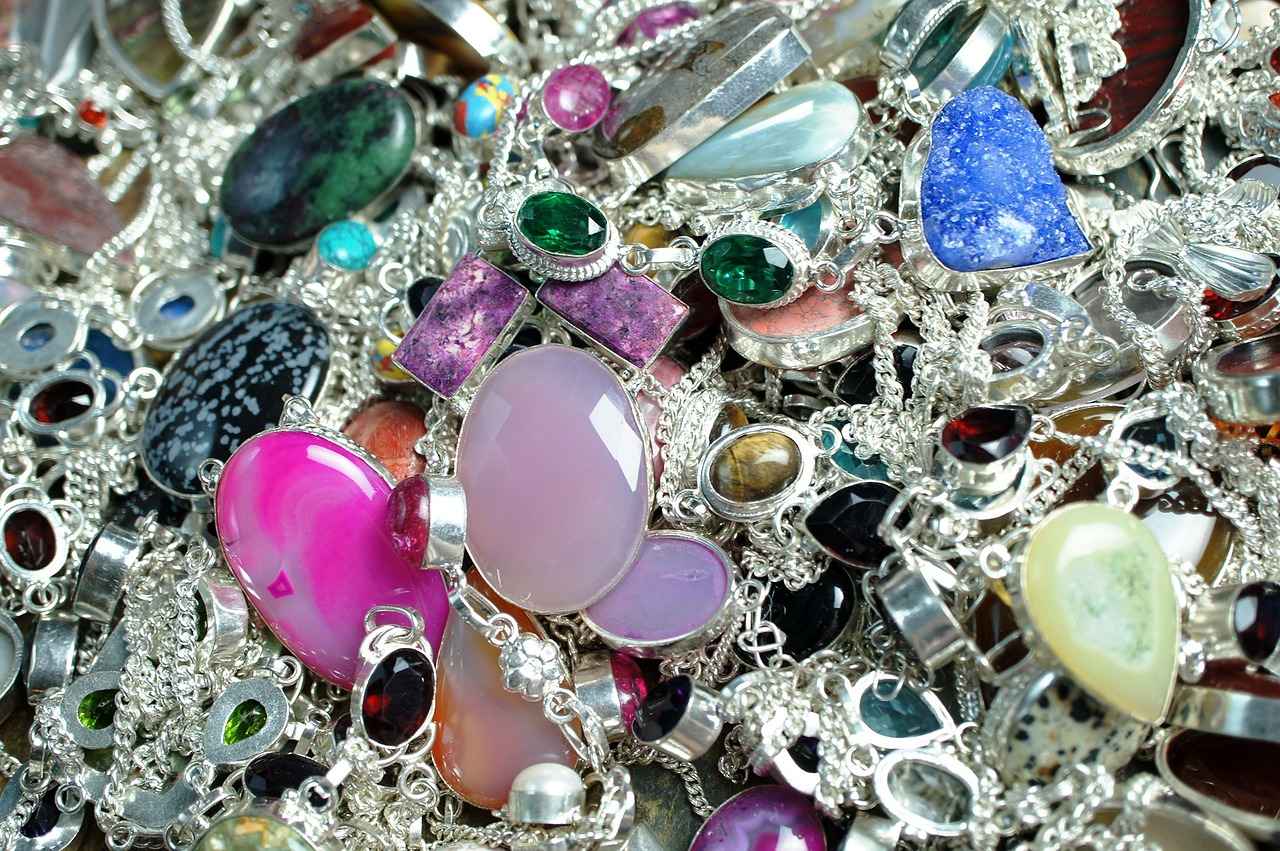
How to Care for Handmade Jewelry?
Handmade jewelry is not just an accessory; it is a piece of art that reflects the creativity and craftsmanship of the artisan. To ensure that these unique pieces retain their beauty and integrity over time, proper care is essential. Below, we provide practical tips for cleaning, storing, and handling handmade jewelry to guarantee its longevity and shine.
Cleaning your handmade jewelry regularly is vital to remove dirt, oils, and tarnish. Here are some effective methods:
- Use a Soft Cloth: Gently wipe your jewelry with a soft, lint-free cloth after each wear to remove oils and prevent tarnishing.
- Soapy Water Solution: For a deeper clean, mix warm water with a few drops of mild soap. Soak the jewelry briefly, then use a soft brush to clean intricate details.
- Avoid Harsh Chemicals: Stay away from abrasive cleaners or harsh chemicals that can damage the finish or materials of your jewelry.
Proper storage is crucial to prevent scratches and tangling. Here are some tips:
- Use Individual Pouches: Store each piece in a separate soft pouch or a dedicated jewelry box to minimize contact and friction.
- Keep Away from Sunlight: Store jewelry in a cool, dark place to prevent fading and damage from UV exposure.
- Consider Humidity: Use silica gel packs in your storage to absorb moisture, which can cause tarnishing and damage to certain materials.
How you handle your jewelry can significantly impact its condition. Follow these guidelines:
- Put on Last: Always put on your jewelry after applying makeup, perfume, or hairspray to avoid contact with chemicals.
- Remove During Activities: Take off your jewelry during physical activities, swimming, or cleaning to prevent scratches and damage.
- Regular Inspection: Periodically check for loose stones or signs of wear. Early detection can prevent more significant issues down the line.
To maintain the quality of your handmade jewelry, avoid the following:
- Excessive Moisture: Keep jewelry away from water and humidity, especially if it contains materials like wood or leather.
- Harsh Environments: Avoid exposing your jewelry to extreme temperatures or environments that could compromise its integrity.
- Improper Cleaning: Never use ultrasonic cleaners or steam cleaners unless specified by the artisan, as they can damage delicate pieces.
In conclusion, taking the time to care for your handmade jewelry is an investment in its longevity and beauty. By following these cleaning, storing, and handling tips, you can ensure that your unique pieces remain as stunning as the day you acquired them. Remember, each piece tells a story, and with the right care, it can continue to shine for years to come.
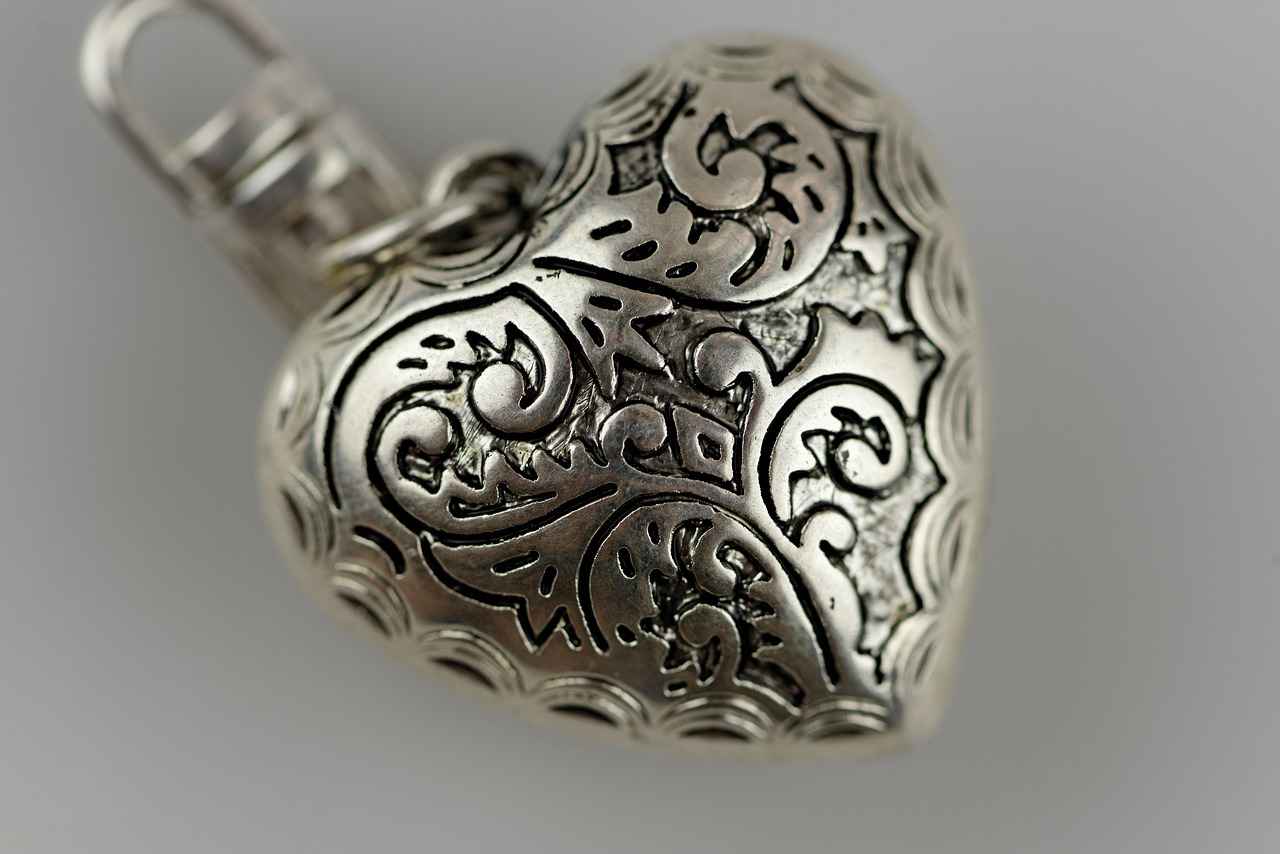
How to Care for Machine-Made Jewelry?
Caring for machine-made jewelry is essential to maintain its beauty and longevity. Despite being produced through automated processes, these pieces require attention to ensure their finish and integrity remain intact over time. Below are some practical tips and insights into how to effectively care for your machine-made jewelry.
Machine-made jewelry is designed for durability, but it is not indestructible. Regular maintenance helps to:
- Preserve the finish: Prevent tarnishing and scratches.
- Maintain structural integrity: Ensure settings remain secure and stones do not fall out.
- Enhance appearance: Keep pieces looking new and attractive.
Regular cleaning is crucial. Here are some steps to follow:
- Use a soft cloth: Gently wipe your jewelry after each wear to remove oils and dirt.
- Soapy water: For deeper cleaning, mix mild dish soap with warm water. Soak the jewelry for a few minutes, then use a soft brush to clean.
- Rinse and dry: Rinse thoroughly with clean water and dry with a soft cloth.
Proper storage is vital to prevent damage. Consider the following tips:
- Use a jewelry box: Store pieces in a lined box to avoid scratches.
- Separate compartments: Keep different types of jewelry (e.g., rings, necklaces) in separate compartments to prevent tangling and scratching.
- Avoid humidity: Store your jewelry in a cool, dry place to prevent tarnishing.
How you handle your machine-made jewelry can also impact its longevity:
- Avoid exposure to harsh chemicals: Remove jewelry before using cleaning products or swimming in chlorinated water.
- Limit physical activity: Take off jewelry during exercise or heavy lifting to prevent damage.
- Regular inspections: Periodically check for loose stones or damaged settings to address issues promptly.
While home care is essential, consider professional maintenance for more extensive care:
- Professional cleaning: Jewelers can provide deep cleaning and polishing.
- Repairs: If you notice any damage, take your jewelry to a professional to ensure it is repaired correctly.
In conclusion, caring for machine-made jewelry is not just about aesthetics; it is about preserving your investment. By following these maintenance practices, you can ensure that your jewelry remains attractive and retains its value over time. Remember, a little care goes a long way in keeping your pieces looking their best!
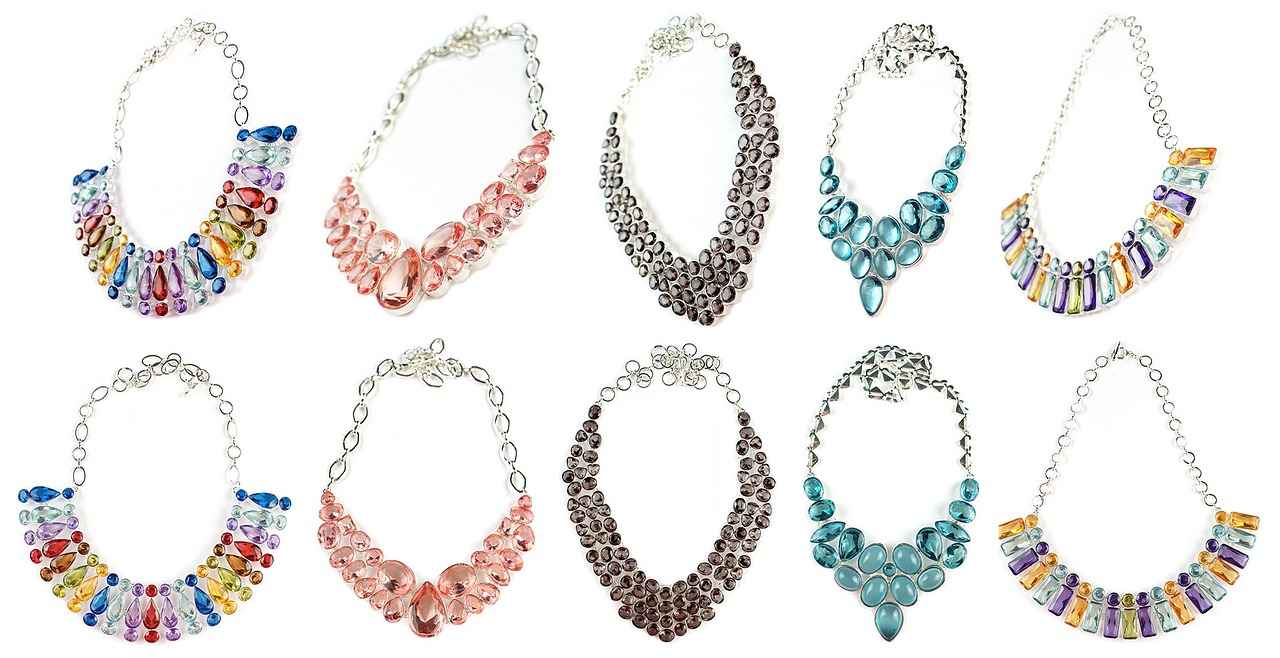
Which One Should You Choose: Handmade or Machine-Made?
When it comes to selecting jewelry, the choice between handmade and machine-made pieces can be quite challenging. Each type has its own set of characteristics, advantages, and disadvantages that cater to different consumer preferences and values. Understanding these factors can greatly influence your decision-making process.
What Are Your Personal Values?
Your choice may largely depend on your personal values. If you prioritize uniqueness and craftsmanship, handmade jewelry may resonate more with you. Artisans pour their heart and soul into each piece, often using traditional techniques that reflect their skill and creativity. This personal touch can create a meaningful connection, making the jewelry feel special and one-of-a-kind.
On the other hand, are you looking for affordability and consistency?
Machine-made jewelry excels in these areas. The automated processes used in manufacturing ensure that each piece is produced with high precision and uniformity, making them more accessible to a broader audience. If you are budget-conscious, machine-made options often come at a lower price point without sacrificing style.
How Important is Quality to You?
Quality can vary significantly between handmade and machine-made jewelry. Handmade pieces often use high-quality materials and are crafted with meticulous attention to detail, which can enhance their durability and longevity. Conversely, machine-made jewelry might utilize less expensive materials to keep costs down, potentially affecting its lifespan.
Are You Concerned About Ethical Production?
Ethics in jewelry production is an increasingly important consideration for many consumers. Handmade jewelry typically supports local artisans and small businesses, promoting fair labor practices. In contrast, machine-made jewelry can sometimes be associated with mass production and less transparency in sourcing materials. Understanding the ethical implications of your purchase can help align your choices with your values.
What About Maintenance and Care?
Both types of jewelry require care, but the methods may differ. Handmade jewelry often needs gentle cleaning and careful storage to preserve its unique characteristics. Machine-made pieces may be more resilient but still require regular maintenance to keep them looking their best. Understanding how to care for your jewelry can prolong its life and maintain its beauty.
Which Option Fits Your Lifestyle?
Your lifestyle can also influence your choice. If you live an active life and prefer low-maintenance jewelry, machine-made pieces may be more suitable. They are often designed to withstand daily wear and tear. However, if you enjoy expressing your individuality and appreciate the artistry behind each piece, handmade jewelry could be a perfect fit.
What is Your Budget?
Budget is a crucial factor in your decision. Handmade jewelry typically comes with a higher price tag due to the labor-intensive processes involved. However, investing in a handmade piece can offer more than just aesthetic value; it can also serve as a lasting memory or heirloom. Machine-made jewelry, while often more affordable, can still provide stylish options that fit within a tighter budget.
In summary, the decision between handmade and machine-made jewelry ultimately depends on your personal preferences, values, and lifestyle. Consider what aspects are most important to you—be it uniqueness, affordability, quality, ethics, maintenance, or budget. By reflecting on these factors, you can make a more informed choice that aligns with your needs and desires.
Frequently Asked Questions
- What is the main difference between handmade and machine-made jewelry?
Handmade jewelry is crafted by skilled artisans, focusing on unique designs and personal touches, while machine-made jewelry is produced using automated processes, emphasizing consistency and mass production.
- Is handmade jewelry more expensive than machine-made jewelry?
Generally, yes. Handmade jewelry often involves more time, effort, and quality materials, which can drive up the price. In contrast, machine-made jewelry benefits from economies of scale, making it more affordable.
- How can I tell if a piece of jewelry is handmade?
Look for signs of individuality, such as slight imperfections or unique designs. Additionally, reputable sellers often provide information about the artist or the crafting process, which can help you identify handmade pieces.
- Are there any ethical concerns with machine-made jewelry?
Yes, machine-made jewelry can sometimes involve unethical labor practices and sourcing of materials. It’s essential to research brands and their production methods to ensure responsible purchasing.
- How should I care for my handmade jewelry?
To maintain its beauty, clean your handmade jewelry gently with a soft cloth, store it in a dry place, and avoid exposure to harsh chemicals. Regular care will help preserve its unique charm.

